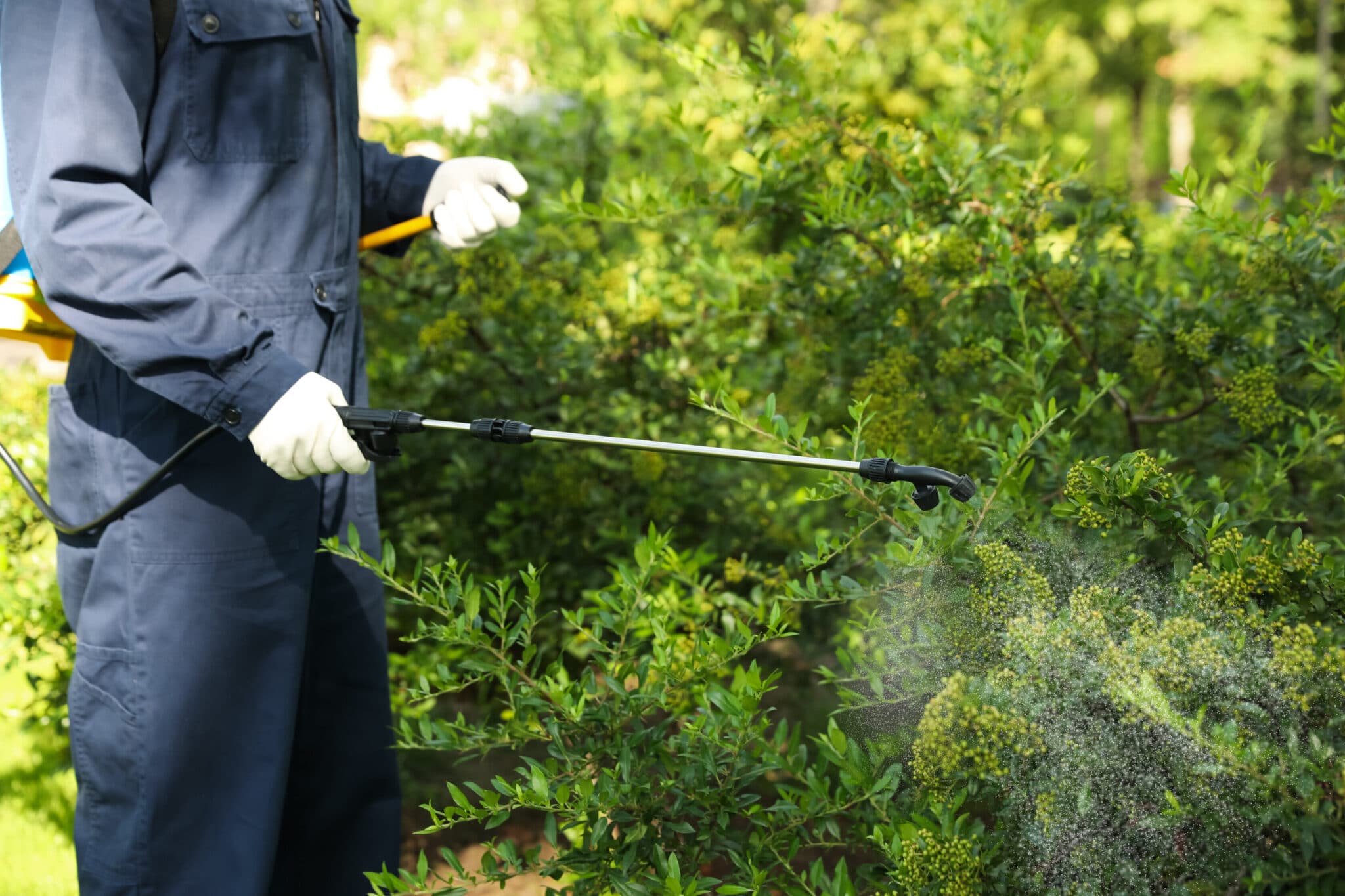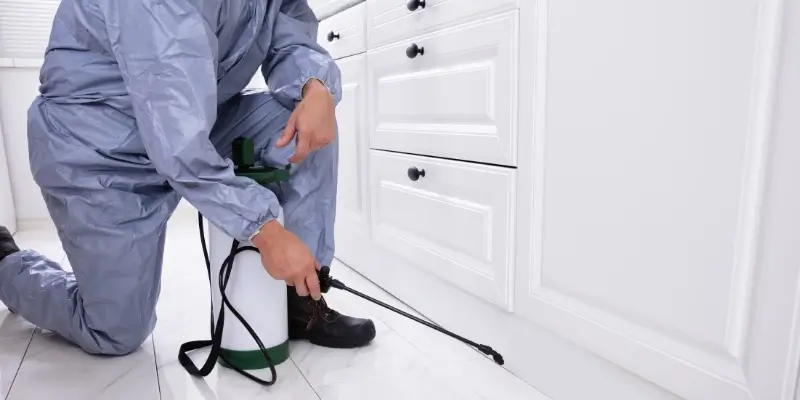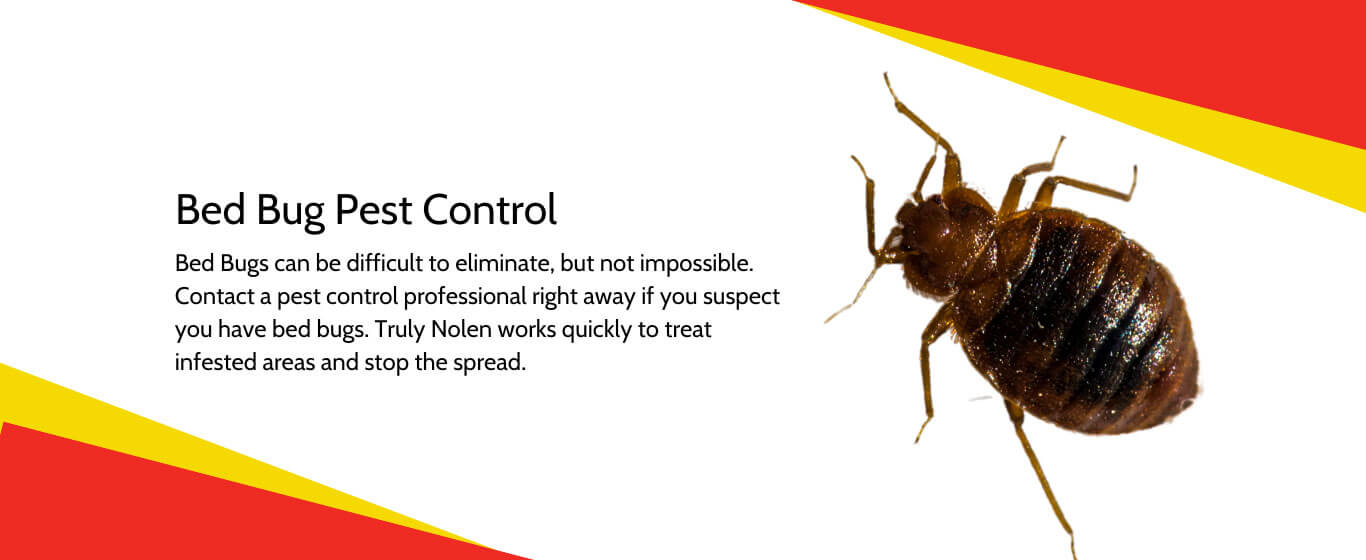Top Coquitlam Pest Control Solutions for a Rodent-Free Home
Top Coquitlam Pest Control Solutions for a Rodent-Free Home
Blog Article
Safe and Reliable Insect Control for Lasting Protection
The value of reliable and safe bug control can not be overemphasized, especially in an age where ecological problems are paramount. Effective parasite management needs a diverse strategy that balances ecological honesty with the need for reliable insect reductions. By exploring environmentally friendly solutions and integrated parasite management strategies, home owners can achieve long-term protection against invasive varieties while protecting useful communities. Nonetheless, the nuances of these approaches might not be instantly clear, triggering a better exam of the methods that can lead to sustainable insect control end results. What steps can be taken to guarantee both safety and efficiency in parasite monitoring?
Comprehending Bug Control Approaches
Parasite control encompasses a range of techniques targeted at handling and removing undesirable bugs and rodents that can intimidate both wellness and building. Recognizing these methods is vital for reliable insect monitoring.
The primary categories of bug control approaches consist of mechanical, organic, and chemical techniques. Mechanical methods involve physical barriers and catches to avoid parasite access and capture undesirable types. For example, utilizing displays on home windows or utilizing sticky traps can dramatically reduce parasite populations without presenting dangerous materials.

Chemical parasite control is usually the most recognized approach, making use of chemicals to remove insects. These chemicals can be efficient yet need to be made use of with caution to stay clear of damaging results on non-target types and the atmosphere.
Advantages of Eco-Friendly Solutions
How can eco-friendly options change bug control practices? The adoption of environmentally friendly insect control techniques provides various benefits, dramatically boosting the effectiveness and safety and security of insect management.

Another advantage is the positive influence on regional biodiversity. Eco-friendly options are designed to target particular bugs while protecting valuable bugs and wildlife, advertising a well balanced ecological community. This technique lines up with the growing consumer need for sustainable methods, enhancing the track record of parasite control providers.
Integrated Bug Monitoring Techniques
The execution of green remedies naturally results in the fostering of Integrated Parasite Management (IPM) strategies, which better improve parasite control efficiency. IPM is an all natural method that integrates multiple methods to take care of parasite populations while reducing environmental impact. This strategy stresses making use of biological, cultural, mechanical, and chemical controls, making sure a balanced and lasting approach of bug administration.
One essential aspect of IPM is the thorough evaluation of parasite task and ecological conditions. By keeping track of bug populations and determining their life cycles, specialists can execute targeted interventions that disrupt the bug's environment or lifecycle, decreasing reliance on chemical check out here pesticides. In addition, social practices such as crop turning and habitat control can considerably decrease pest facility and reproduction.
An additional essential component is making use of organic control agents, such as helpful pests or bacteria, which can naturally subdue parasite populations. When chemical applications are required, IPM focuses on the use of low-risk pesticides and uses them uniquely, reducing direct exposure to non-target microorganisms and people.
Incorporating IPM methods not just boosts insect control effectiveness but also promotes a much safer community, aligning with the growing need for sustainable methods in pest management.
Safe Practices for House Owners
Comprehending the relevance of risk-free practices in pest control Website can equip property owners to efficiently handle parasite problems while guarding their health and the environment. Executing preventative procedures and non-toxic approaches is crucial in decreasing exposure to damaging chemicals.
House owners must first examine their setting for problems that bring in bugs, such as standing food, mess, and water waste. Consistently cleaning and sealing entrance factors can deter insects from invading the home. Utilizing natural deterrents, such as important oils or diatomaceous earth, can give efficient options to chemical pesticides.
When chemical therapies are necessary, property owners need to select items that are specifically classified as secure for household use. It is important to comply with application guidelines carefully to stay clear of overexposure. Moreover, making use of targeted treatments in locations where insects are recognized, instead of covering splashing, can significantly lower chemical use.
Finally, maintaining open communication with pest control experts is important. House owners should make inquiries about the security of items used and demand environment-friendly options whenever feasible. By embracing these secure methods, house owners can create a healthier living environment while successfully managing bug issues.

Tips for Long-Term Defense
Developing an insect monitoring method that stresses long-term protection can considerably enhance the performance of the risk-free practices formerly reviewed. To accomplish this, property owners ought to carry out regular assessments of their home, concentrating on hidden my sources locations such as attics, basements, and crawl areas. Early detection of bug activity is vital in stopping invasions from taking hold.
Additionally, keeping a tidy setting is essential. This includes proper food storage space, promptly cleaning up spills, and routinely taking care of garbage. These techniques decrease attractants that attract pests into the home. Sealing access points, such as cracks around windows and doors, can effectively obstruct possible pest accessibility.
Landscaping needs to additionally be considered; maintaining plants trimmed and keeping a distance between greenery and the home decreases concealing areas for parasites. Using all-natural deterrents, such as essential oils or diatomaceous earth, can better dissuade invasions without resorting to rough chemicals.
Last but not least, collaborating with a specialist pest control service for periodic examinations can provide an added layer of security. These experts can use tailored referrals and advanced treatments, ensuring that your home remains protected versus pests in the long-term.
Verdict
To conclude, dependable and safe bug control needs a complex strategy that highlights eco-friendly approaches and incorporated parasite administration. By applying natural deterrents, conducting normal inspections, and maintaining correct cleanliness, homeowner can substantially minimize insect populaces while protecting advantageous pests and the setting. Cooperation with expert pest control services enhances the effectiveness of these methods, ensuring customized remedies that supply long-term protection and assurance against future invasions.
Effective parasite administration calls for a complex technique that balances environmental stability with the demand for efficient insect reductions. The fostering of environmentally friendly pest control methods uses many advantages, significantly improving the performance and security of pest management.The execution of environmentally friendly solutions normally leads to the fostering of Integrated Pest Management (IPM) techniques, which additionally enhance insect control efficacy. exterminator coquitlam. By checking pest populations and identifying their life cycles, professionals can implement targeted treatments that interrupt the parasite's environment or lifecycle, reducing dependence on chemical pesticides.In final thought, secure and reputable bug control calls for a diverse technique that highlights eco-friendly methods and integrated parasite administration
Report this page